![.284 Win F-Class F-Open Rifle Emil Kovan Brux BAT M Master Class Bernosky]()
Emil Kovan is one of the top F-Class shooters in the world. He won the 2014 United States F-Open Championship, and finished second in F-Open Division at the 2016 Canadian National F-Class Championship in Ontario. He is a great shooter and a great gun-builder as well.
The Anatomy of a Modern F-Class Open Rifle
Report by Emil Kovan
Kovan Match Rifles LLC, www.matchrifles.com
“What are the best components for an F-Open class rifle, and why?” That’s a question that I get asked all the time and will try to answer in this article. Two months ago, I was contacted by Duane, a gentleman I met at the 2015 F-Class Nationals. He was interested in building a rifle with the new Master Class Low Profile F-Open Stock, created by Carl Bernosky and Alex Sitman of Master Class Stocks.
I have known Alex Sitman for many years, and use his stocks exclusively, but was not very familiar with his new Low Profile F-Open stock. After a brief conversation with Alex, I placed an order, and had the stock inletted and bedded at my shop in a month. My first impression was “Wow that’s a long stock” — the forearm is significantly longer than on the original Master Class F-Class prone stock. I bolted the barreled action in, and squeezed the end of the forearm and barrel together, the stock flexed a little bit, but not as much as other designs that I have tested. I think that’s due to having “more meat” in the receiver area. The full stock depth continues farther forward that on some other “low profile” designs. That makes the stock stiffer in the vertical plane, reducing the hinging effect forward of the action. The stock was finished in gloss black per the customer’s request. Interestingly, I found that the multiple layers of paint and clearcoat stiffened the stock up quite a bit.
CLICK IMAGE below for full-screen version
![.284 Win F-Class F-Open Rifle Emil Kovan Brux BAT M Master Class Bernosky]()
Low Center of Gravity Tames Torque
Compared to the original Master Class F-Open stock, the barrel sits about an inch lower. Lower center of gravity equals less torque, and that is very important when shooting heavy bullets in fast twist barrels. Another significant improvement is that the toe of the stock is flat and parallel to the forearm. I added a 3/4″ track rail in the rear, and milled the underside of the fore-end to create two parallel “rails” in the front to help the stock track better.
One of the biggest reasons why I like Master Class stocks, is the pistol grip. I don’t shoot “free recoil” and a comfortable pistol grip is super important to me when selecting a stock. The new Master Class Low Profile stock shares the same grip as the old model. This allows the stock to accommodate either a “hard hold” style or a more free-recoil style of shooting — whatever the rifle’s owner prefers. This design versatility is one reason I recommend Master Class stocks. Shooters may experiment with either shooting style to find what suits them best.
![.284 Win F-Class F-Open Rifle Emil Kovan Brux BAT M Master Class Bernosky]()
Cartridge Choice — A 40° .284 Win Improved
Duane decided to have the barrel chambered for my 284 KMR IMP (Improved) wildcat. What is .284 KMR IMP and why choose it over the straight .284 Winchester? Improved by definition means “made better”, I took a great cartridge, and modified it to increase capacity, reduce pressure, and increase brass life.
There are many “improved” variants of the original .284 Winchester: 7mm Walker, .284 Shehane, .284 Ackley and so on. My version, the 284 KMR IMP, shares the .010″ blown-out sidewalls of the .284 Shehane, but I have further increased the case capacity by changing the shoulder angle from 35 to 40 degrees. The 284 KMR IMP allows you to almost match magnum cartridge velocity in a standard-bolt-face action. If you want to run 180gr-class 7mm bullets over 2900 FPS, it is cheaper and more convenient to have a barrel chambered in 284 KMR IMP than to spend $650 for a magnum bolt.
Tuning Loads for the .284 Win Improved Cartridges
The 284 KMR IMP seems to have two nodes, one around 2820 fps and other at 2940 fps. My match load clocks at 2935 fps with single-digit ES. Note –I selected that load based on accuracy, NOT raw speed. A lot of novice (or hard-headed) shooters make the mistake to push their cartridges to the max, and disregard more accurate loads at lower velocity.
![.284 Win F-Class F-Open Rifle Emil Kovan Brux BAT M Master Class Bernosky]()
The sport of F-Class is rapidly growing, and the equipment used is improving constantly. I remember that only few years ago, an F-Open rifle that could shoot sub-one-inch of vertical at 300 yards was considered competitive. Now, we are pursuing sub-one-inch vertical at 600 yards! It takes a great rifle to approach that goal, but it is also up to the shooter to learn and experiment as much as possible in order to achieve success.
Dies for an Improved .284 Win Cartridge
One of the biggest challenges in campaigning a wildcat cartridge has been obtaining great dies. When searching for custom dies, it almost seems like that the odds are stacked against us. The most common problem is wait-time — custom die orders can take months to be completed. Also, most custom die makers want you to send them two or three cases, each fire-formed three times. I find that funny because if could somehow properly size the cases for three fire-forming cycles, I would not need a sizing die.
![.284 Win F-Class F-Open Rifle Emil Kovan Brux BAT M Master Class Bernosky]()
Custom-made dies should size the case just right, but sometimes the die’s internal dimensions are slightly off, and this leads to problem number two: dies sizing too much (or even worse) too little. I had a one “custom” die that would not size the bottom of the case enough. This made the extraction of fired cases very difficult. I feel that the best option (if available) for shooters interested in wildcat chambers is to have their gunsmiths make the dies. I offer that die-making service in addition to barrel chambering.
BAT Machine “M” Action
Duane decided to use a BAT M action for this rifle, and I think that he could not have made a better choice. We are blessed with many good match-quality receivers: Barnard, BAT, Borden, Kelbly, Nesika, and Stiller just to mention a few. These are all very well-made and suitable for F-Class. Among BAT Machine Co.actions, I like BAT models M, MB, and 3LL best. I prefer these because because of their size (large bedding footprint) smoothness, timing, options available, and last but not least visual appearance.
Trigger: I recommend and use Jewell triggers. Other good options are: Kelbly, CG Jackson (good 2-Stage) Anschutz (best 2-Stage for Bat and Kelbly actions), Bix’N Andy, and David Tubb.
Barrel: Duane made another good choice here. He decided to go with a Brux 1:8.5″-twist, 4-groove cut-rifled barrel. If you look at the F-Class and Long Range benchrest equipment lists, you will see that cut-rifled barrels are currently dominating. Many records have been shot with both button-rifled, and cut-rifled barrels. I have shot both, and prefer cut-rifled barrels. I am not saying that button-rifled barrels are not capable of shooting as well as cut-rifled barrels, but on average, in my experience, four out of five cut-rifled barrels (from top makers) will shoot well, vs. three out of five buttoned barrels. YMMV, but this is what I’ve observed.
Brux Barrels is not the only company that produces very accurate cut-rifled barrels. We know that Krieger, Bartlein, Satern, and Hawk Hill Custom all make fine cut-rifled barrels as well.
Scope: Duane’s rifle was fitted with a Nightforce 15-55x52mm Competition scope with DDR-2 reticle. This optic is ultra clear, reasonably lightweight (28 oz.), super reliable, and has 1/8 MOA clicks — what you want for long range F-Class competition. In this 15-55X NF model, I like the DDR-2 reticle best, because fine cross hairs (FCH) are hard to see in heavy mirage. The DDR-2 has a heavier horizontal line, with a center dot. March scopes are also very popular and very well-made.
![.284 Win F-Class F-Open Rifle Emil Kovan Brux BAT M Master Class Bernosky]()
Thanks for reading, and keep ‘em in the middle…
![Emil Kovan F-Class competition bio photo]() Emil Kovan Competition History:
Emil Kovan Competition History:
– 2014 F-Class Open National Champion
– 2016 F-Class Open Canadian Championship, Silver Medal (tied for first on score)
– 2015 F-Class Open National Championship, Silver Medal
– F-Class Open National Championship Teams, 2015, 2014, 2013, Shooting Team Member
– Over 15 wins in Regional and State Championships in Palma, F-TR, F-Open
– 2013 U.S. National Team Member
– 2017 U.S. National Development Team Member
Share the post "The Modern F-Open Rifle — Action, Stock, Optics, and Cartridge"










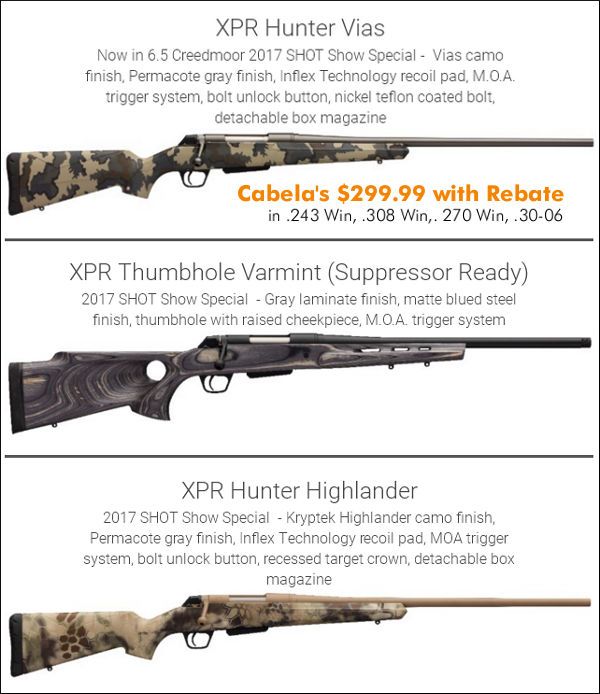



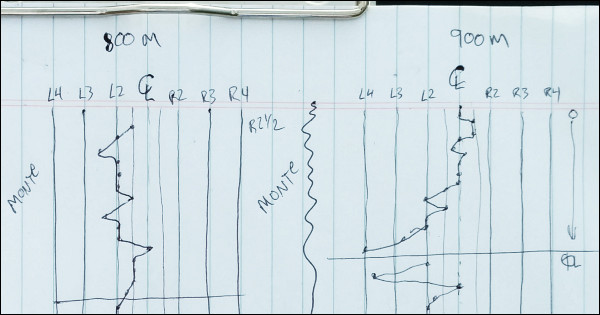






 The 22LR Conversion Really Works
The 22LR Conversion Really Works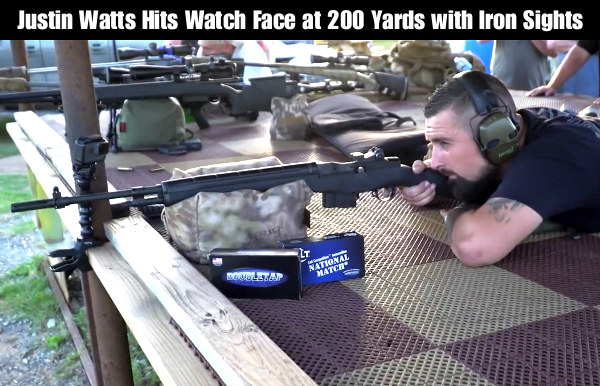
 When two or more guys get together at a shooting range, sooner or later, a challenge will ensue. It’s a guy thing — guys are competitive. We’ve seen it on varmint hunting trips too: “Bet I can hit that P-dog at 700 yards”. “No you can’t”. “Yes I can…” “Wanna Bet?” You know how it goes. There are challenges for pride, bragging rights, and often some money is involved, or perhaps a six-pack…
When two or more guys get together at a shooting range, sooner or later, a challenge will ensue. It’s a guy thing — guys are competitive. We’ve seen it on varmint hunting trips too: “Bet I can hit that P-dog at 700 yards”. “No you can’t”. “Yes I can…” “Wanna Bet?” You know how it goes. There are challenges for pride, bragging rights, and often some money is involved, or perhaps a six-pack…




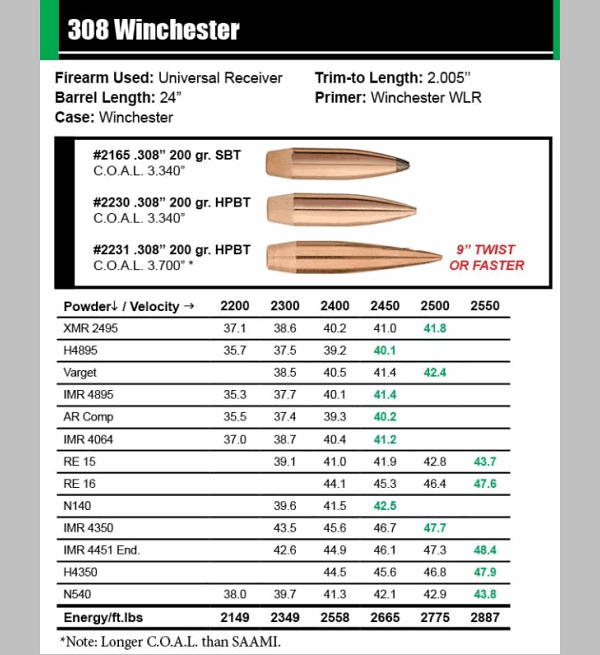






 Congratulations to SFC Brandon Green, the 2018 NRA National High Power Champion. Brandon won yet another High Power title in convincing fashion, with a 2394-147X overall score. Two other soldiers finished second and third, separated by X-Count. Second-place SFC Shane Barnhart scored 2386-137X, while SGT Benjamin Cleland was third with 2386-128X. In fourth place, and top civilian, was Ronald Zerr with 2383-126X. (
Congratulations to SFC Brandon Green, the 2018 NRA National High Power Champion. Brandon won yet another High Power title in convincing fashion, with a 2394-147X overall score. Two other soldiers finished second and third, separated by X-Count. Second-place SFC Shane Barnhart scored 2386-137X, while SGT Benjamin Cleland was third with 2386-128X. In fourth place, and top civilian, was Ronald Zerr with 2383-126X. (



 This was my first opportunity to shoot the NRA Long Range Nationals since its relocation to Camp Atterbury, and it was great to see everyone and get back to the matches. It is always so humbling walking onto the range and seeing all of the people I read about and admire so much. I can’t think of another sport where people so accomplished will share so much and be so helpful.
This was my first opportunity to shoot the NRA Long Range Nationals since its relocation to Camp Atterbury, and it was great to see everyone and get back to the matches. It is always so humbling walking onto the range and seeing all of the people I read about and admire so much. I can’t think of another sport where people so accomplished will share so much and be so helpful.

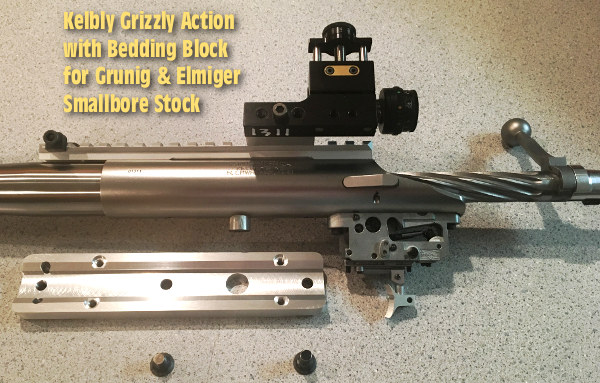

 It was a family affair this year for the Klemm clan. Ian’s father, Ken Klemm, finished third among High Masters, and also nailed the highest score among ALL shooters in the 1000-Yard F-TR team match. Well done father and son! Mike Plunkett finished second, while also setting a new F-TR record, 200-16X, also matched by Ray Gross.
It was a family affair this year for the Klemm clan. Ian’s father, Ken Klemm, finished third among High Masters, and also nailed the highest score among ALL shooters in the 1000-Yard F-TR team match. Well done father and son! Mike Plunkett finished second, while also setting a new F-TR record, 200-16X, also matched by Ray Gross.





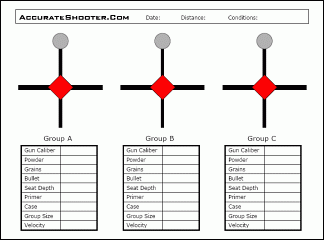














 Emil Kovan Competition History:
Emil Kovan Competition History:















